Morgan Dollar Grading Set
Grading is a method of determining a coin’s relative state of preservation, using a system of standards and terminology generally accepted by the collecting community. Such well-defined standards were not always in place, and even after they were adopted, they continued to evolve and still do to this day.
Most numismatists agree that grading coins is an art and not a science. Since grading is subjective, naturally it is open to a certain amount of interpretation. Ken Bressett, noted numismatist and member of the American Numismatic Association Hall of Fame, believes that grading is quite simple. All that is required is, “a good light, good magnification and about 20 years of experience.”
The following definitions and images are representative of the American Numismatic Association (ANA) Grading Standards. While it is always best to view a coin first-hand, hopefully the following images will provide a useful guide to grading the popular Morgan Series. The ANA offers classes periodically in all phases of grading and counterfeit detection. Find more information on upcoming numismatic seminars and educational opportunities here.
- The grading set below includes Poor through Mint State 67.
- Click thumbnail images for enlarged lightbox views and descriptions.
- To view the coins in 600dpi high-definition, click corresponding obverse and reverse links highlighted in orange.
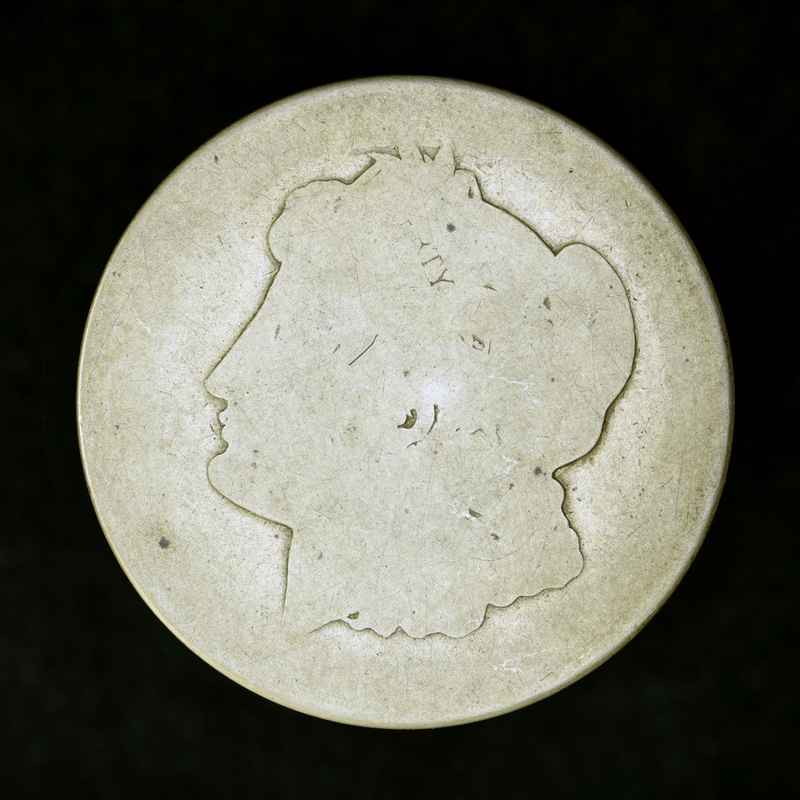 |
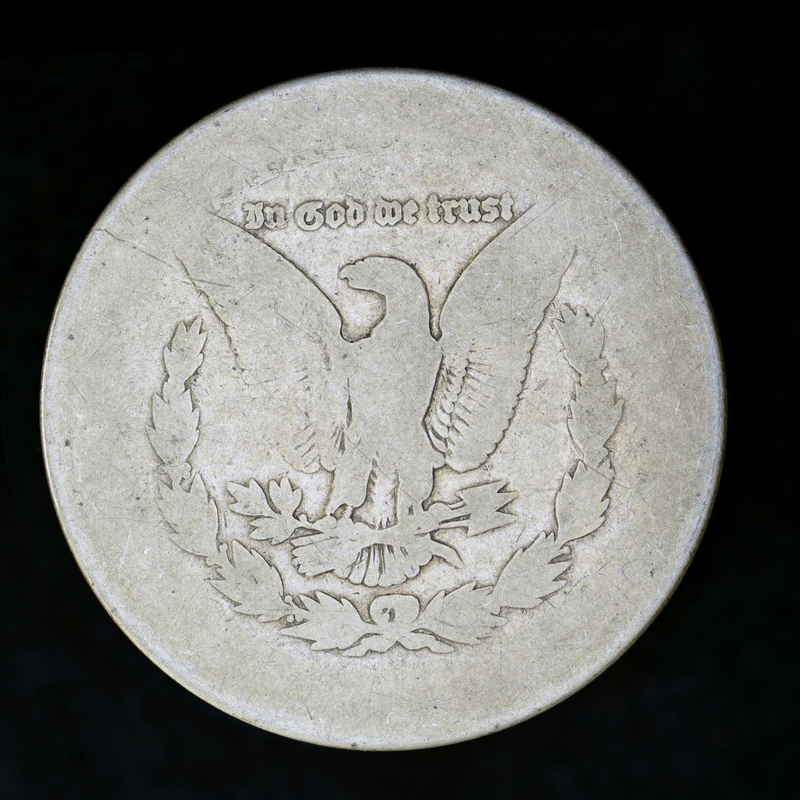 |
Poor 1Enough detail to identify.
|
|||
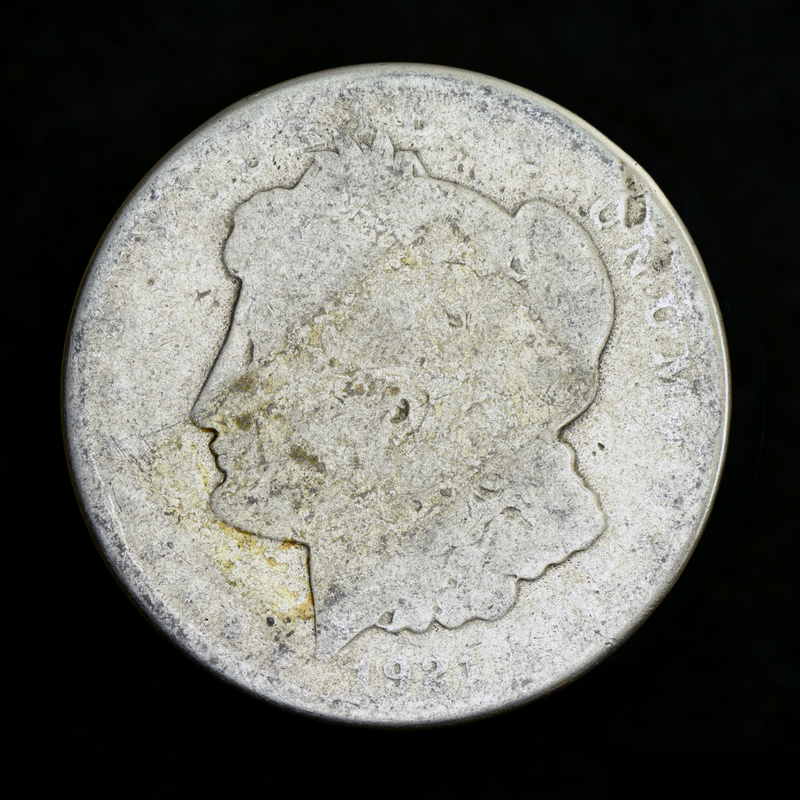 |
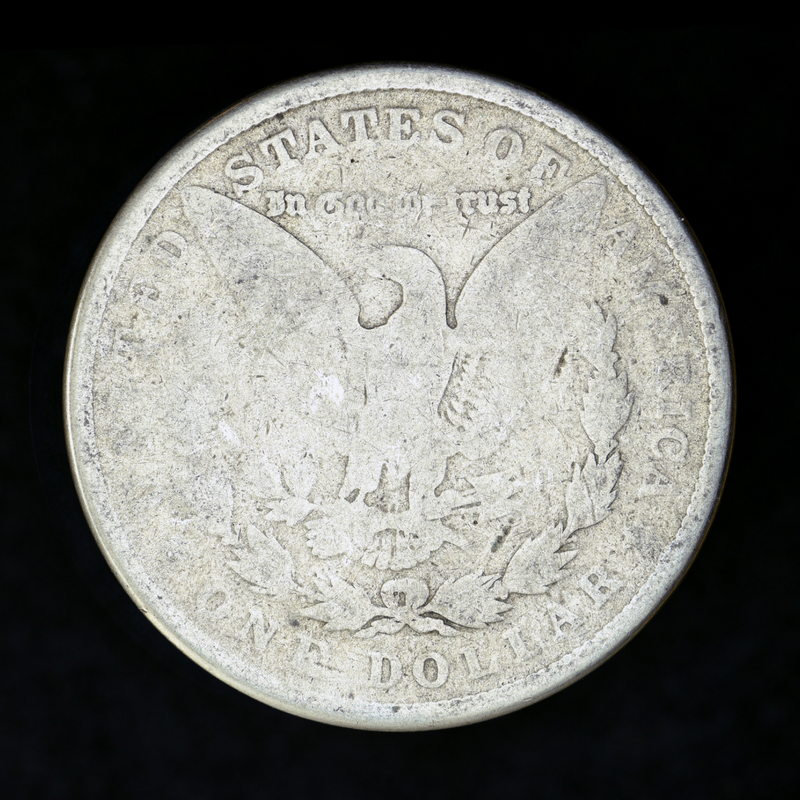 |
Fair 2Some detail shows. Part of date may be legible. |
|||
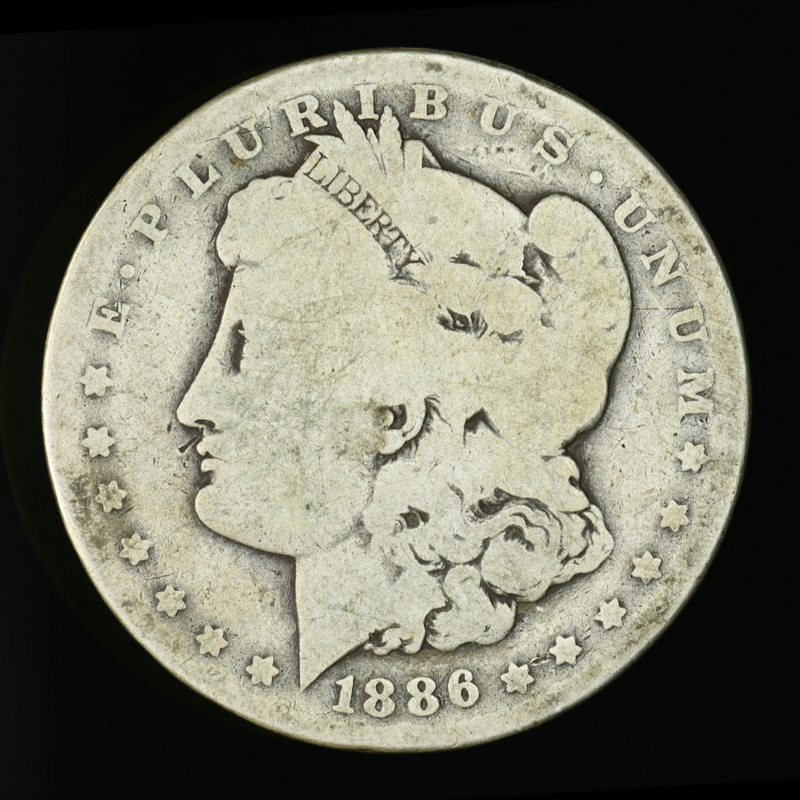 |
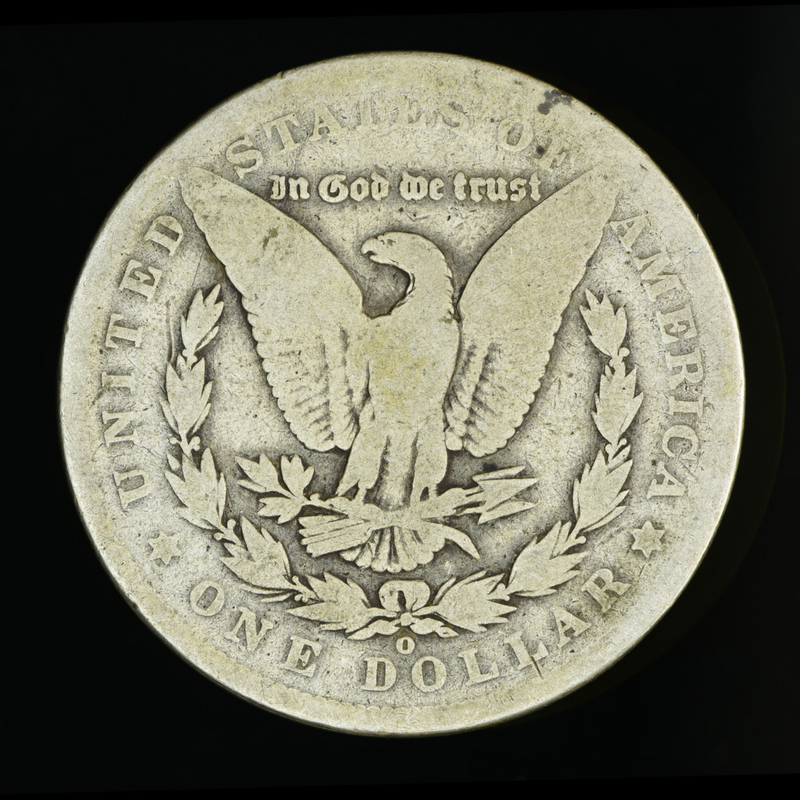 |
About Good 3Obverse: Head is outlined with nearly all details worn away. Date is readable but worn. Legend merges into rim.Reverse: Entire design is partially worn. Legend merges into rim. |
|||
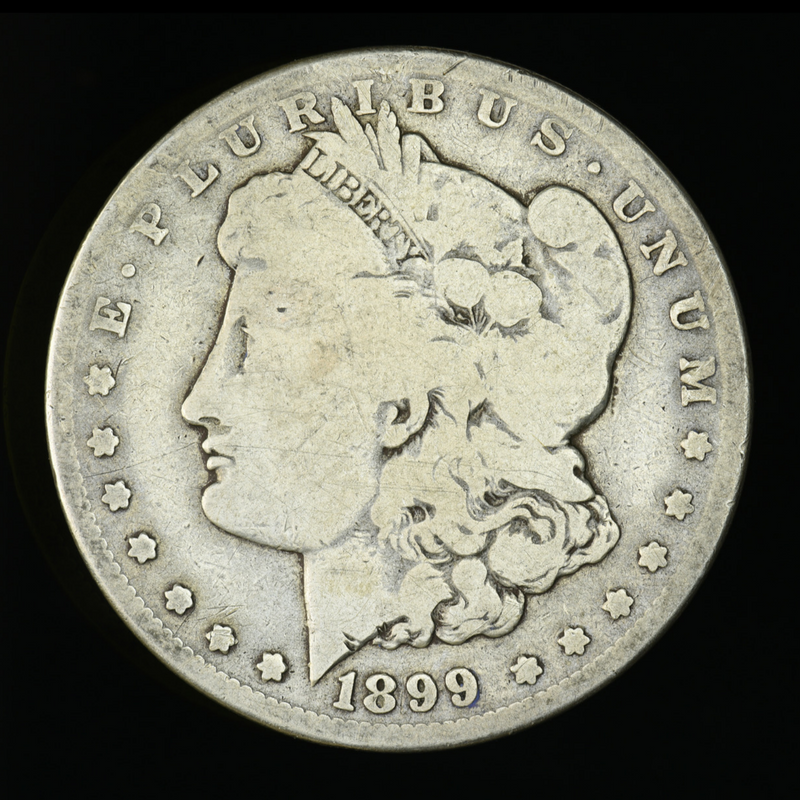 |
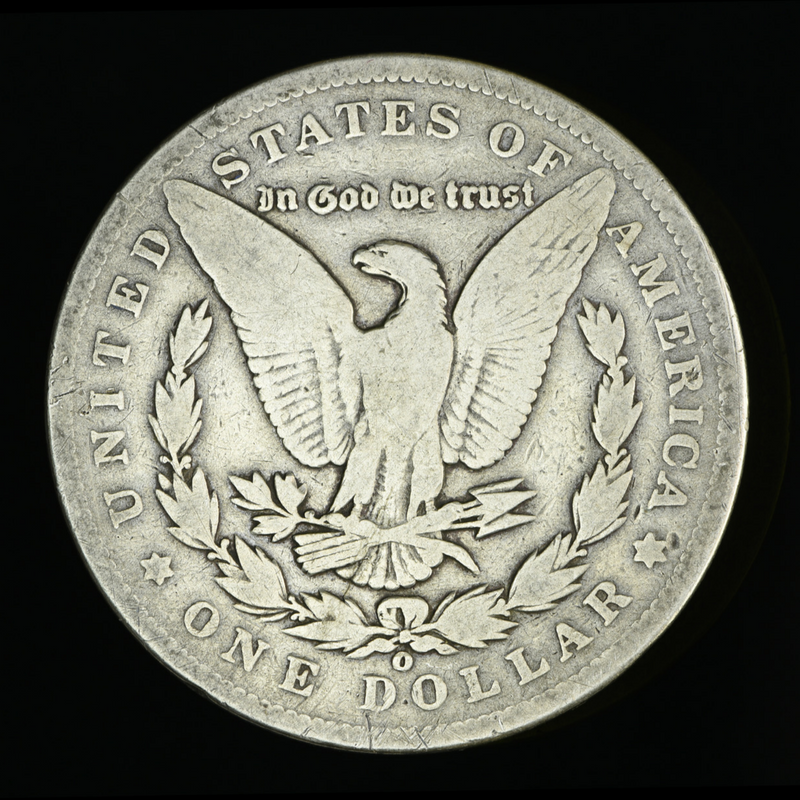 |
Good 4 Obverse: Hair is well worn with very little detail remaining. Date, letters and design are clearly outlined.
Reverse: Eagle is worn nearly flat but is completely outlined. Design elements are smooth but visible. Legend is completely visible. |
|||
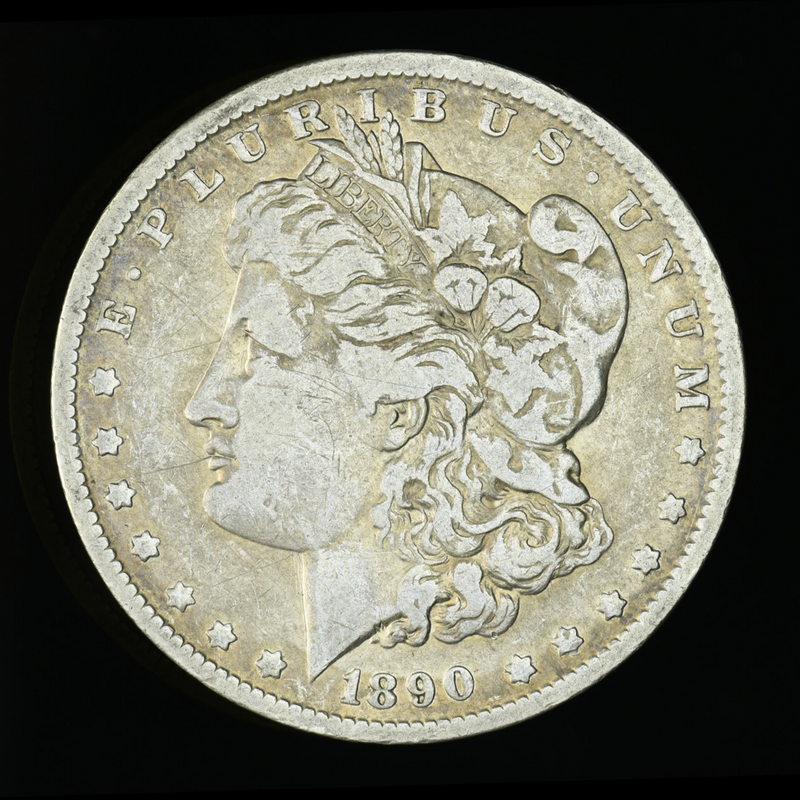 |
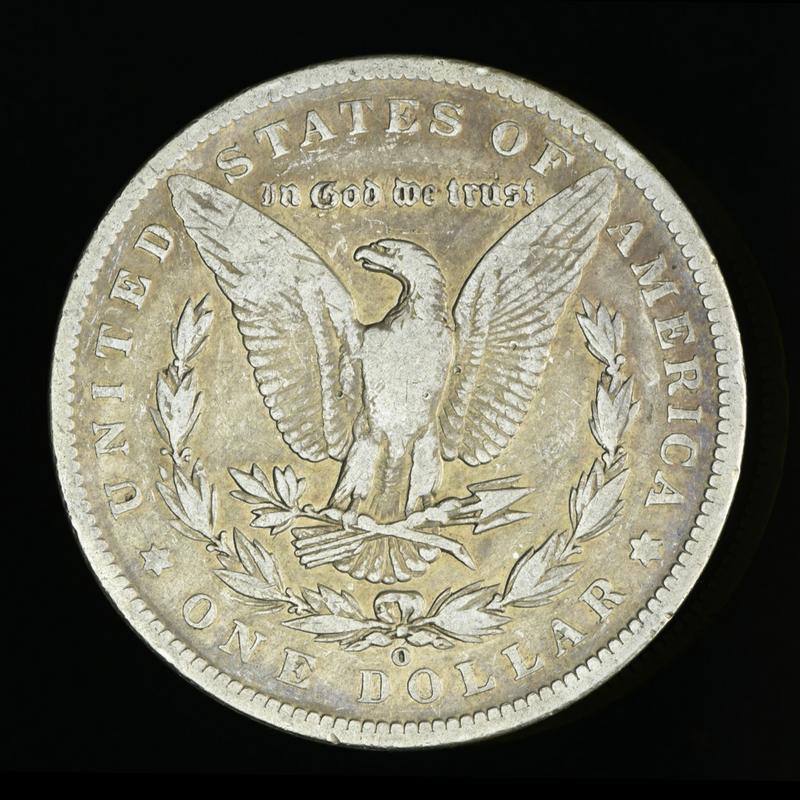 |
Very Good 10Obverse: Most details in hair are worn smooth. All letters and date are clear. Leaves merge into spots.Reverse: One half of eagle’s right wing and edge of left wing are smooth. All leaves in wreath show wear. Rim is complete. |
|||
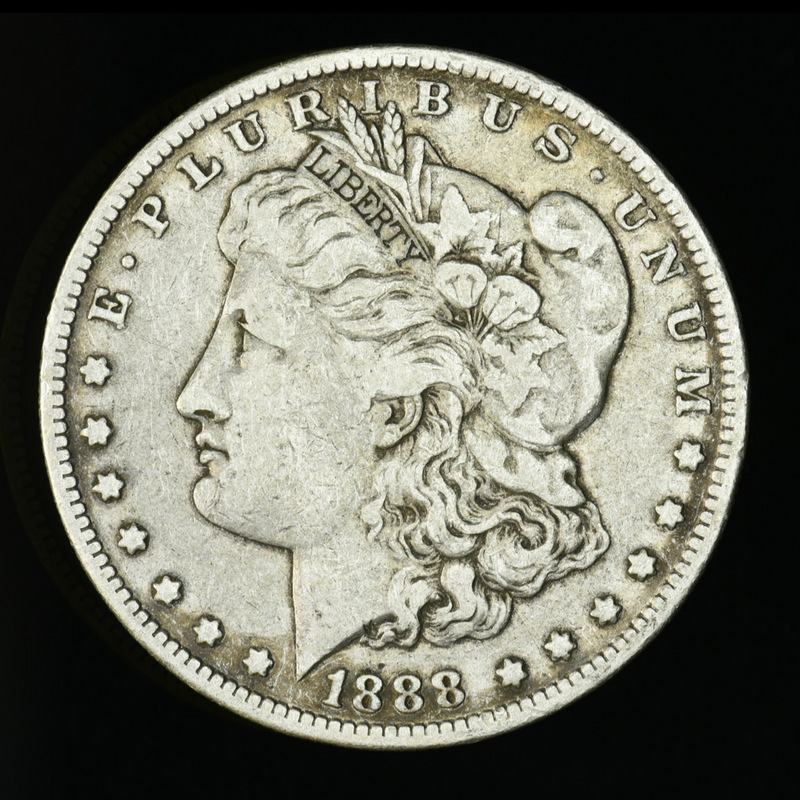 |
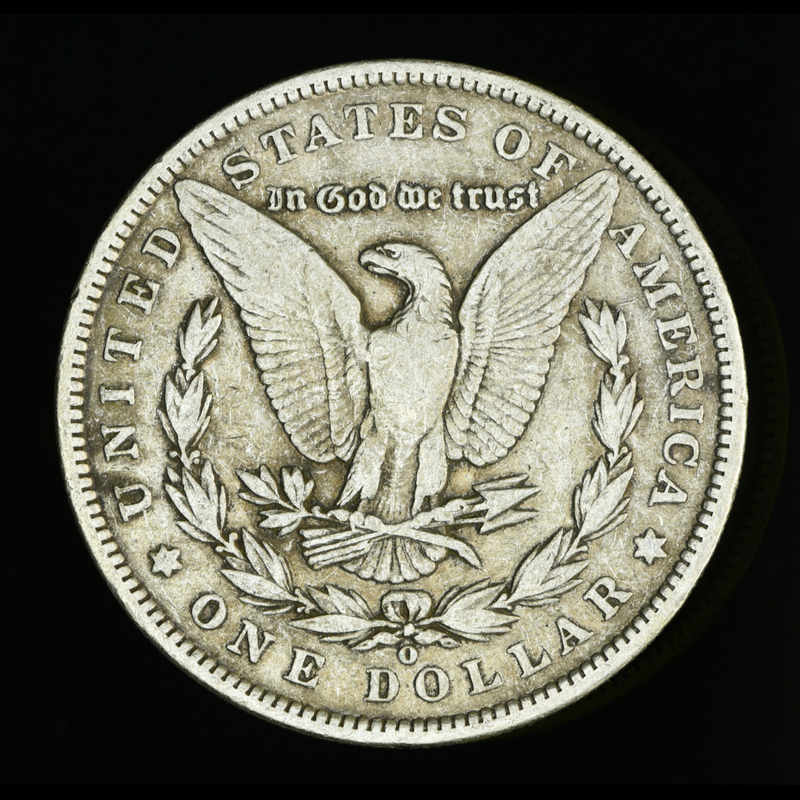 |
Fine 15Obverse: Hair line along face is clearly defined. Lower two cotton leaves are smooth but distinct from cap. Some wheat grains merge.Reverse: One-quarter of eagle’s right wing and edge of left wing are smooth. Head, neck and breast are flat and merge. Tail feathers are slightly worn. |
|||
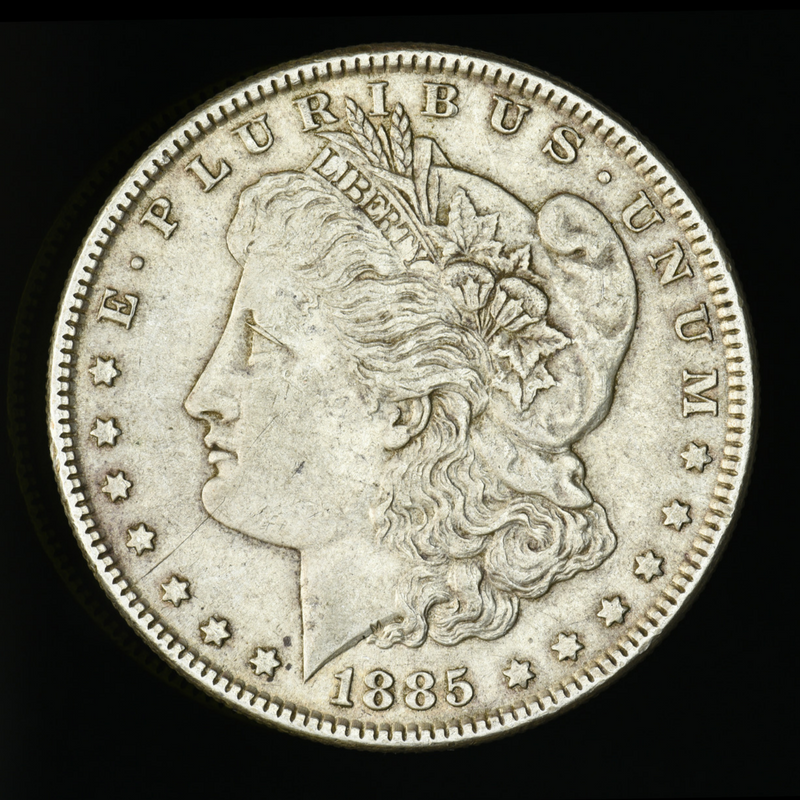 |
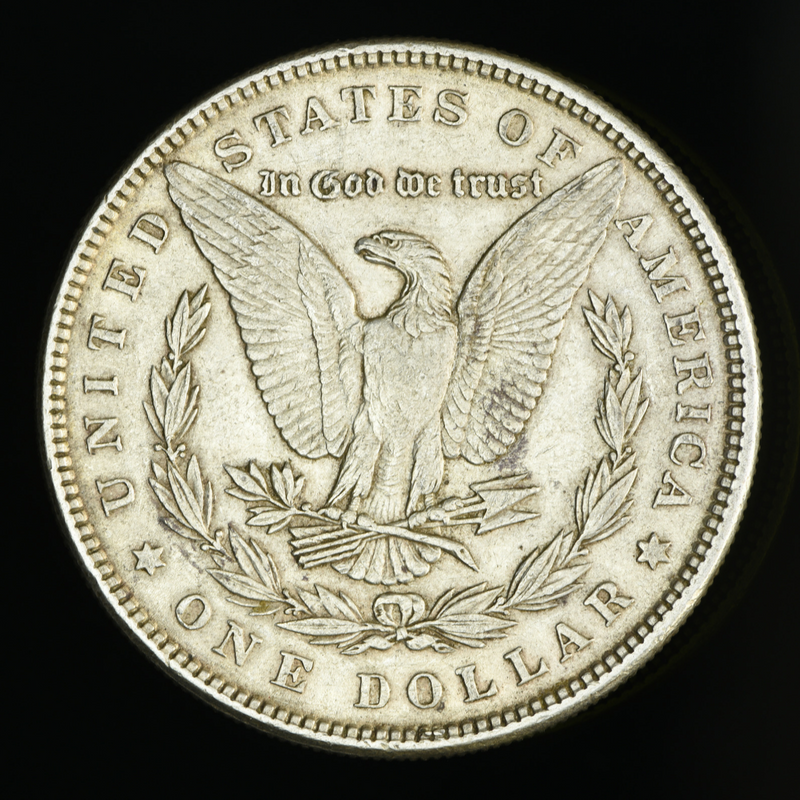 |
Very Fine 30 Obverse: Wear shows on high points of hair from forehead to ear. Some strands are visible in hair above ear. There are smooth areas on cotton leaves and at top of cotton balls.
Reverse: Wear shows on leaves of wreaths and tips of wings. Only a few feathers are visible on breast and head, but they show clearly on the right wing. |
|||
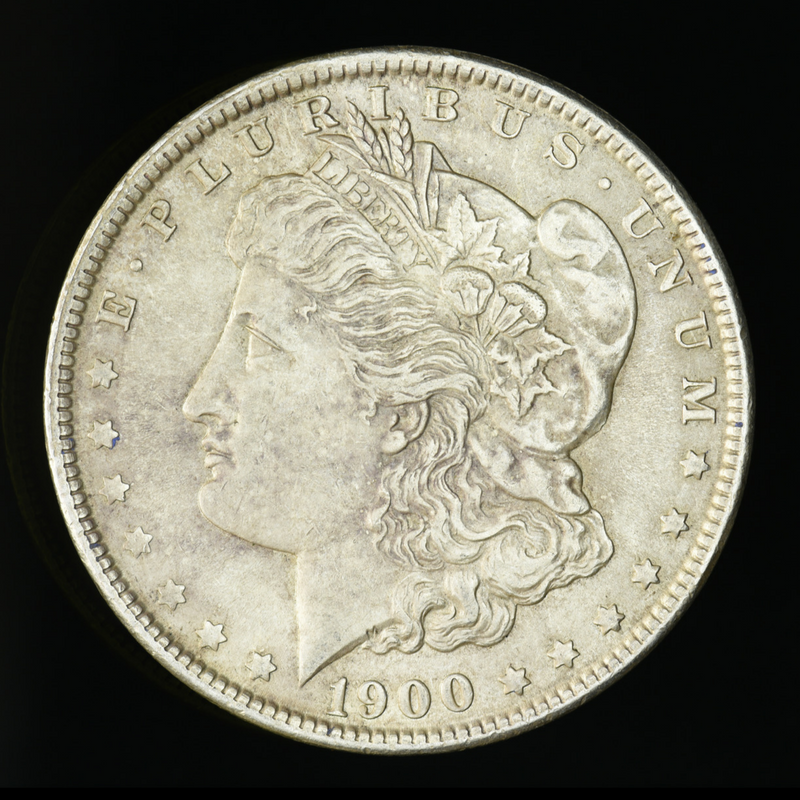 |
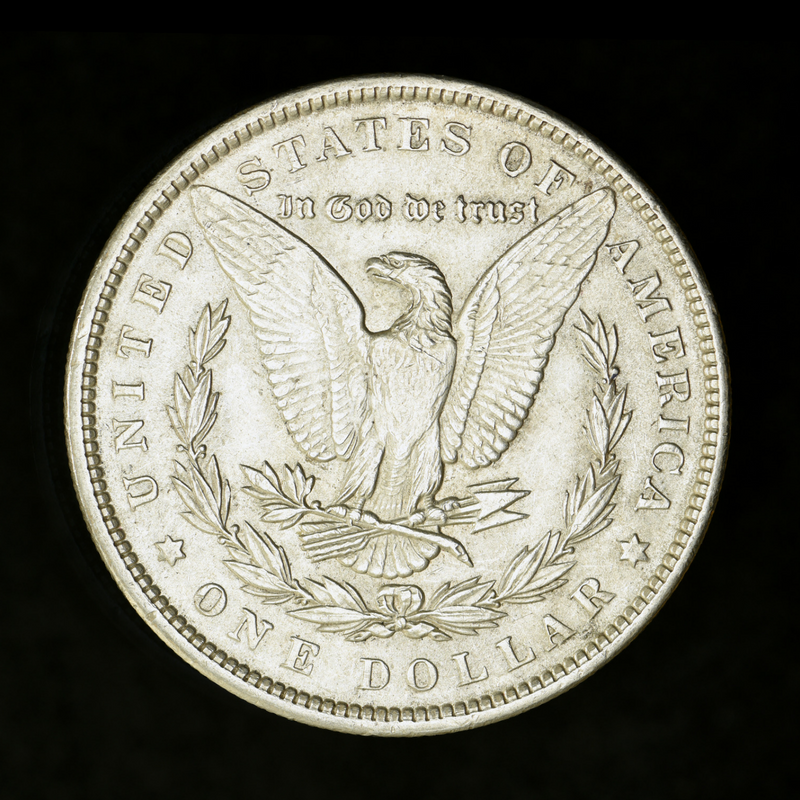 |
Extremely Fine 45 Obverse: Wear shows on hair above date, forehead and ear. Lines in hair are well detailed. Flat spots are visible on edges of cotton leaves. Cheek is lightly worn.
Reverse: Almost all feathers are gone from the breast. Top of legs, wing tips, and feathers on head show wear. Talons are flat. |
|||
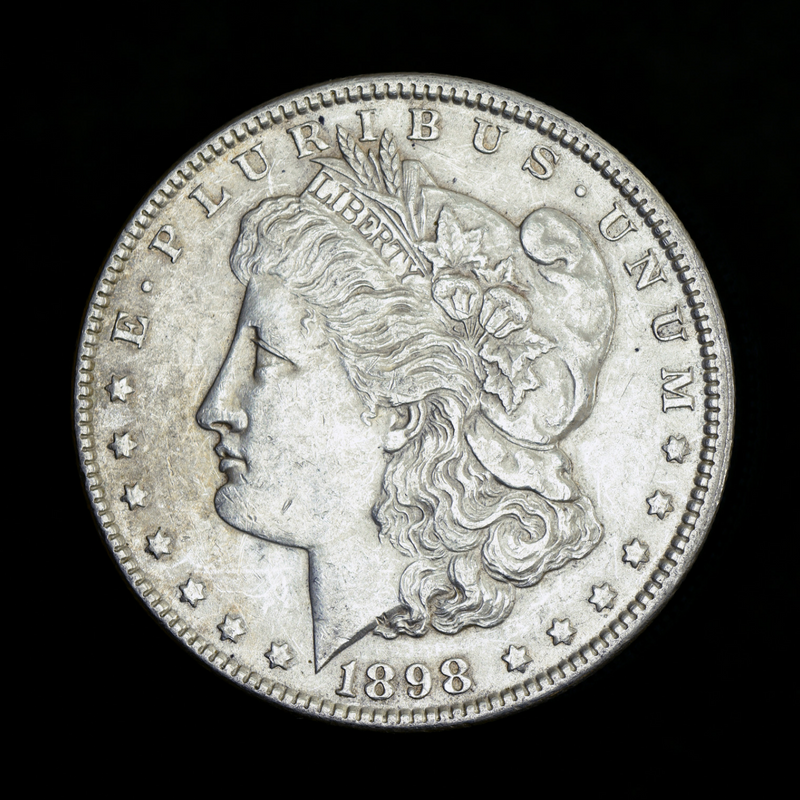 |
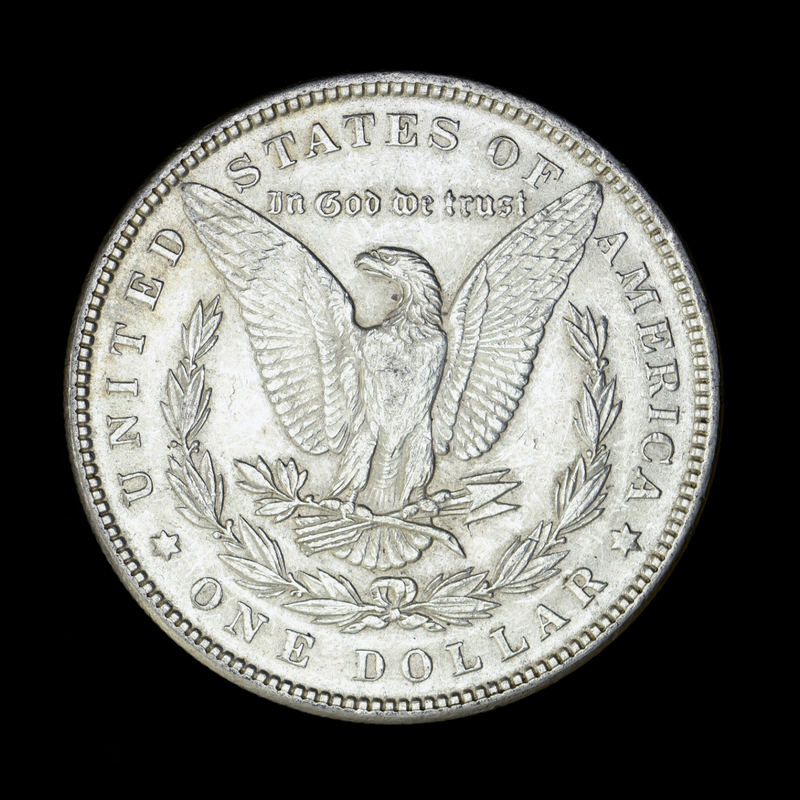 |
About Uncirculated 50 Obverse:
|
|||
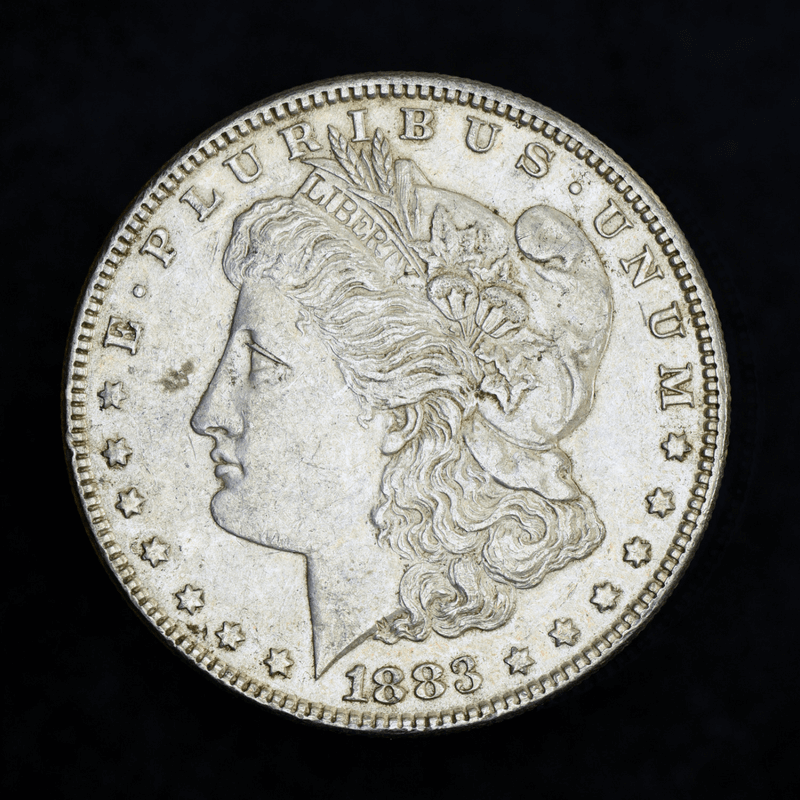 |
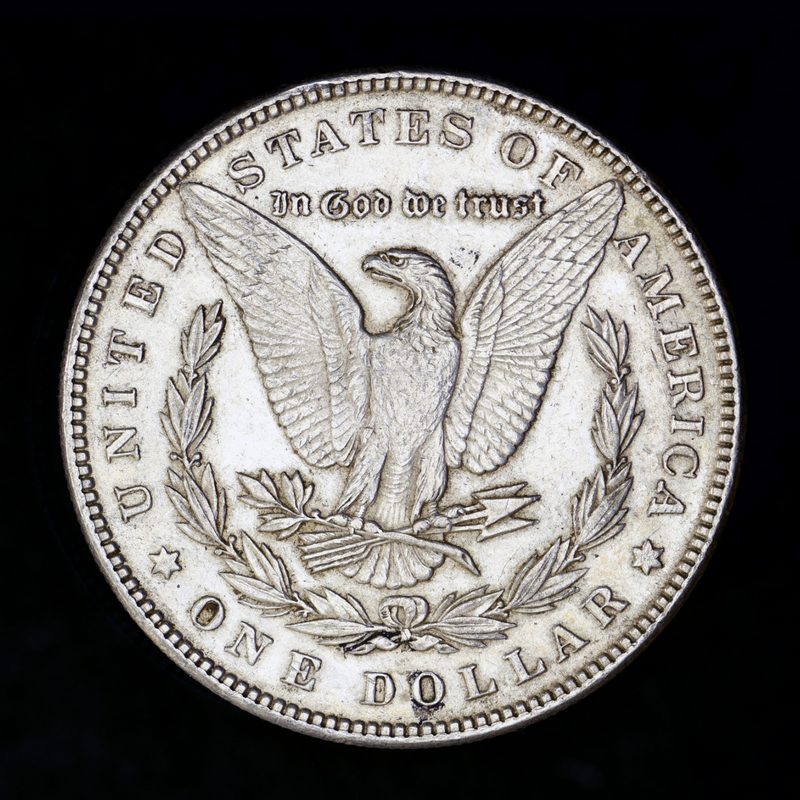 |
About Uncirculated 55Obverse: Slight trace of wear shows on hair above ear, eye and high upper fold of cap. Luster is fading from cheek.Reverse: Trace of wear shows on breast, tops of legs and talons. Additional High Resolution Images
|
|||
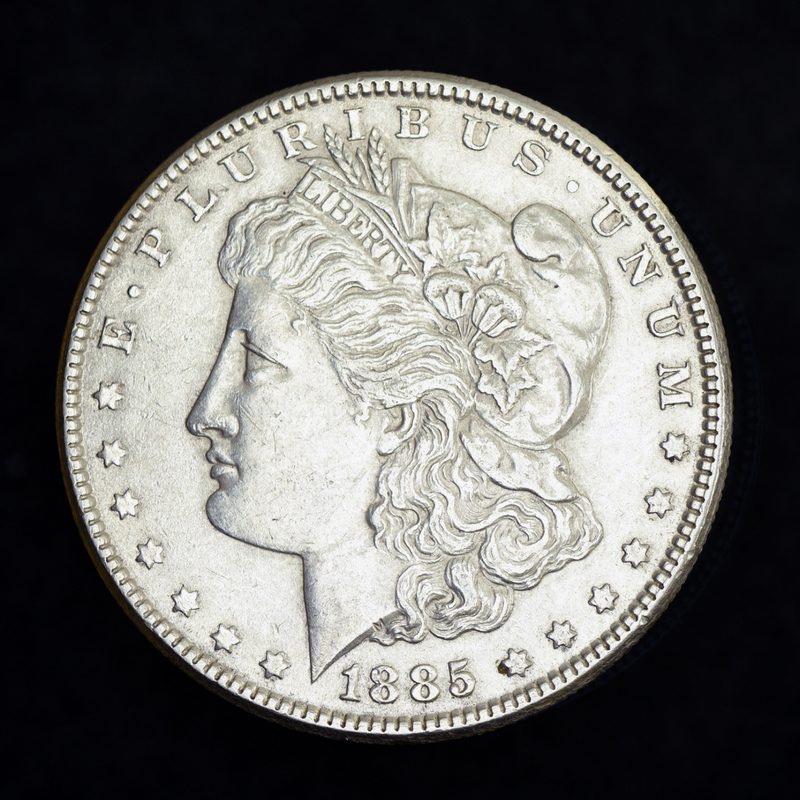 |
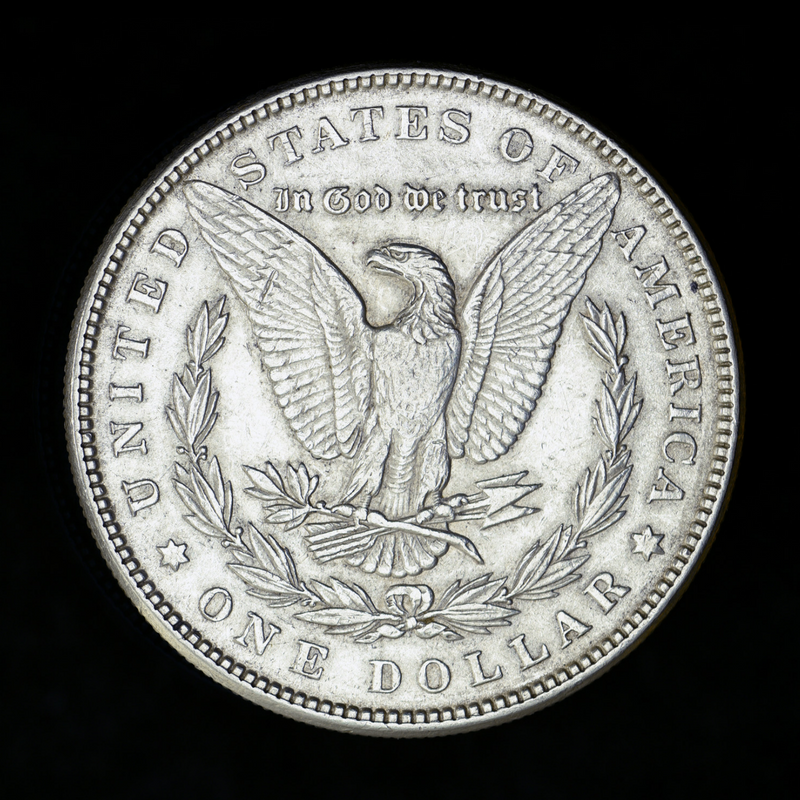 |
About Uncirculated 58Obverse: Small traces of wear on highest points. Good luster. Very minor scratches or marks.Reverse: Trace of wear on eagle’s breast. |
|||
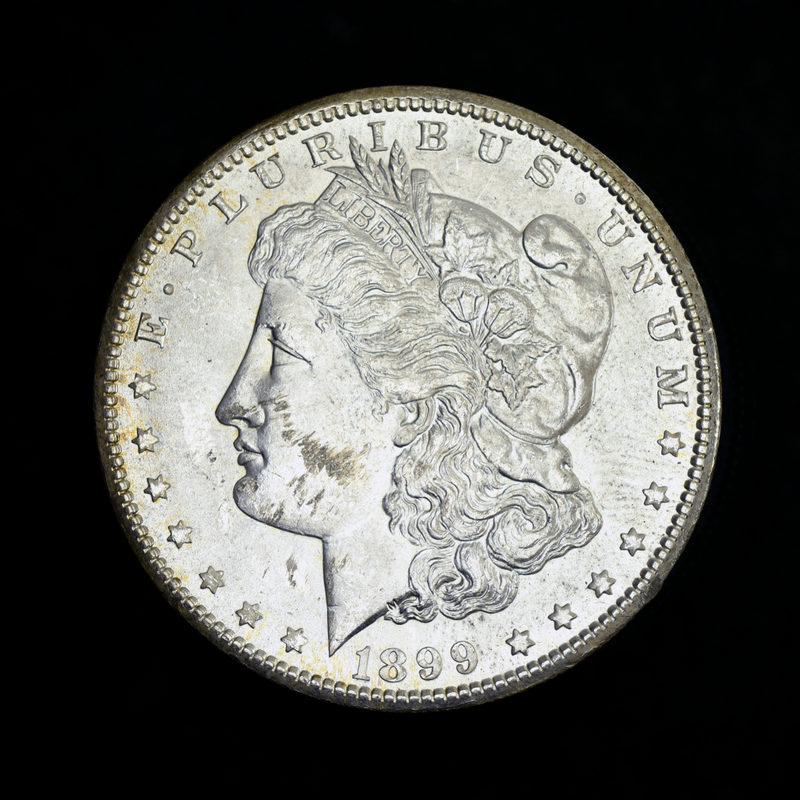 |
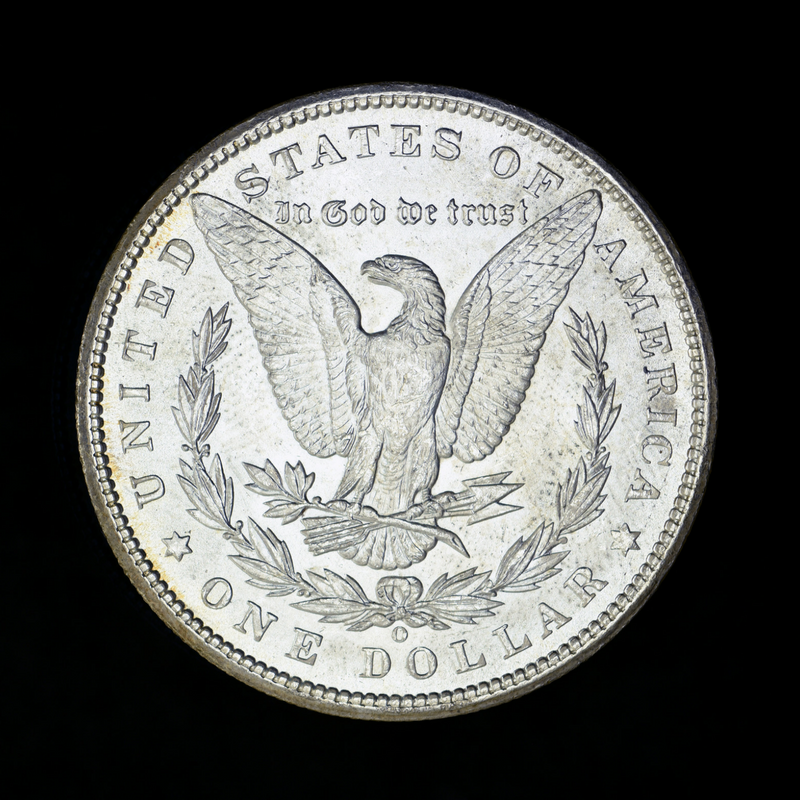 |
Mint State 60A strictly Uncirculated coin with no trace of wear, but with significant bag marks and/or abrasions in focal areas and field. Luster may be impaired. Eye appeal is poor. Additional High Resolution Images
|
|||
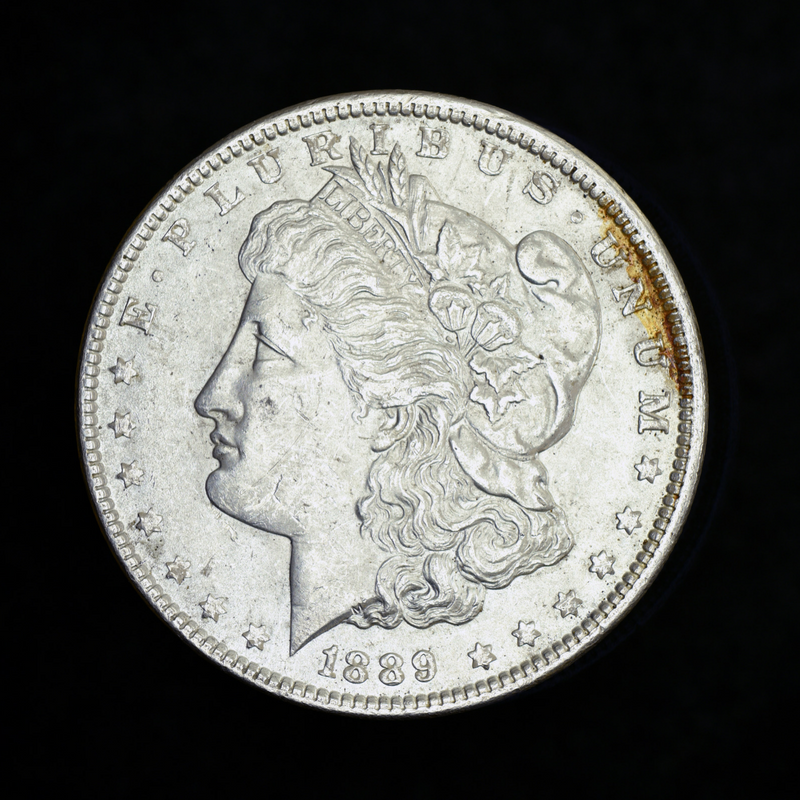 |
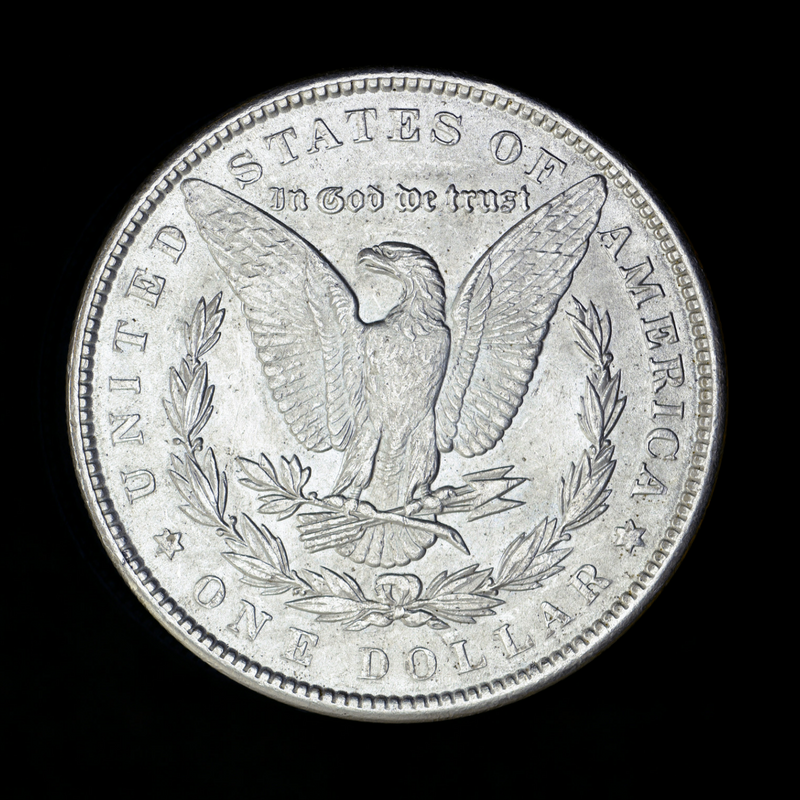 |
Mint State 61A strictly Uncirculated coin with no trace of wear. May have a few heavy (or numerous light) marks in prime focal areas. Luster may be impaired. Eye appeal is unattractive. |
|||
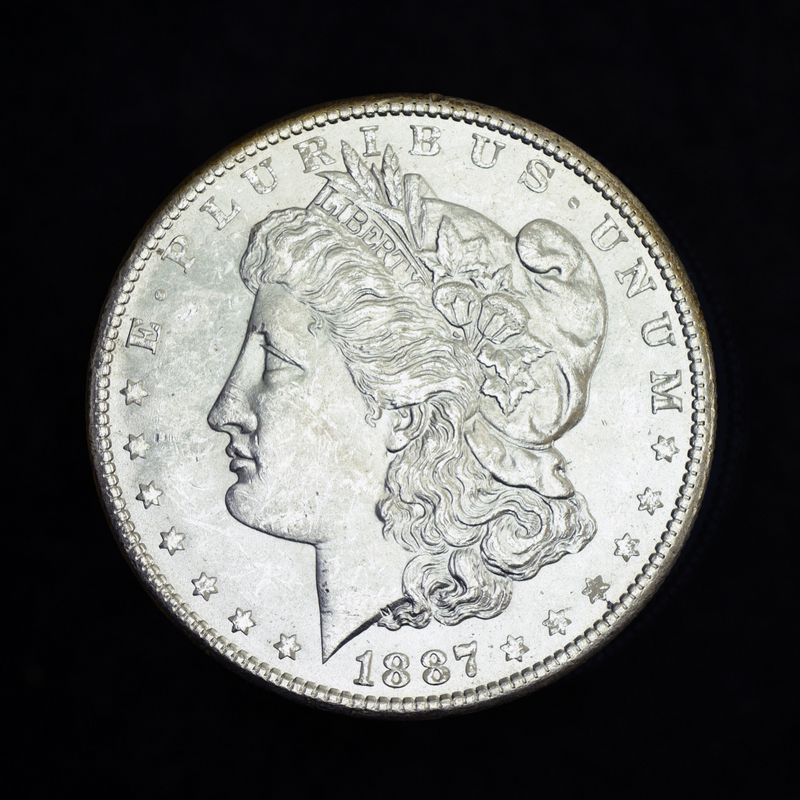 |
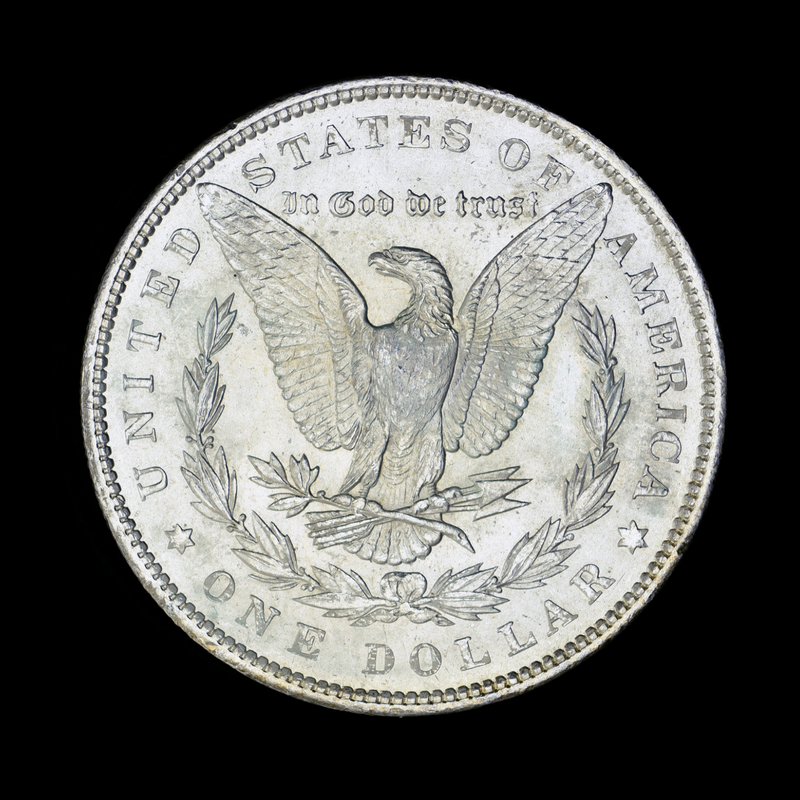 |
Mint State 62A strictly Uncirculated coin with no trace of wear. May have distracting marks in prime focal areas. Luster may be impaired. Eye appeal is acceptable. |
|||
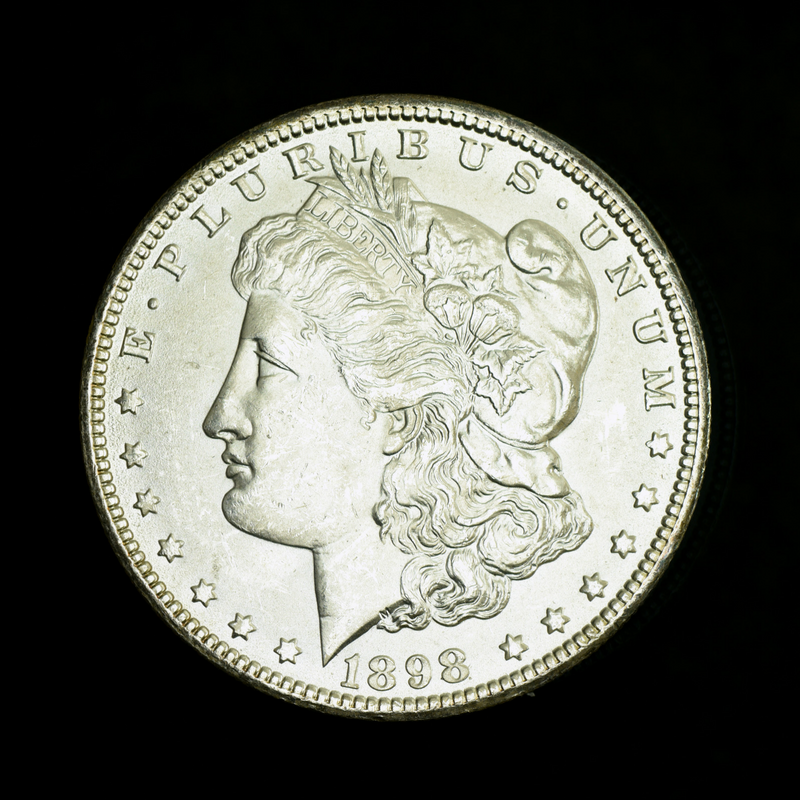 |
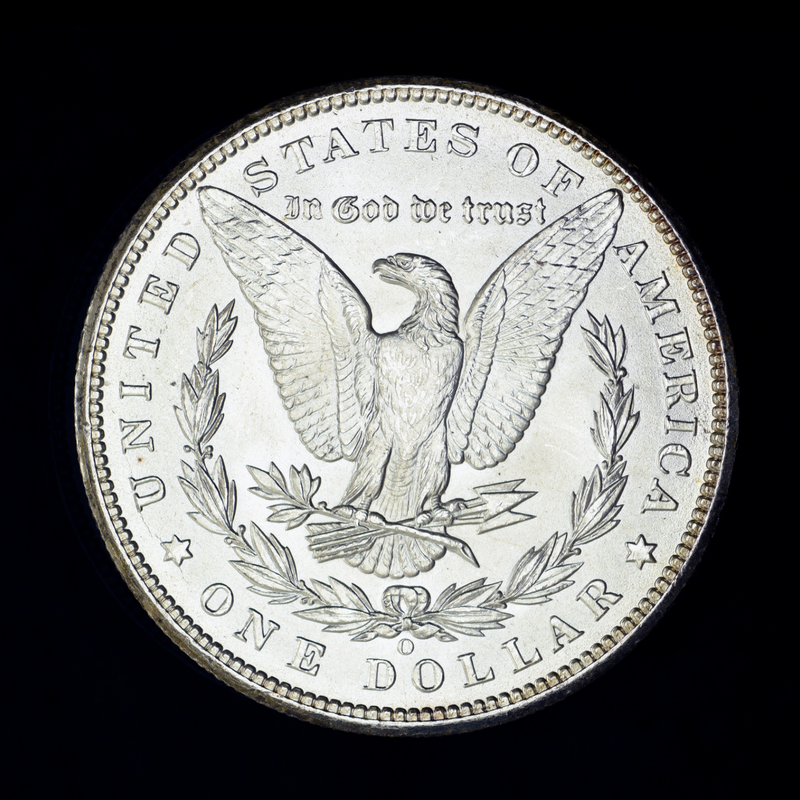 |
Mint State 63A Mint State coin with attractive mint luster, but noticeable detracting contact marks or minor blemishes; some of which may be in prime focal areas. This grade is the benchmark “average” grade for Morgan dollars. |
|||
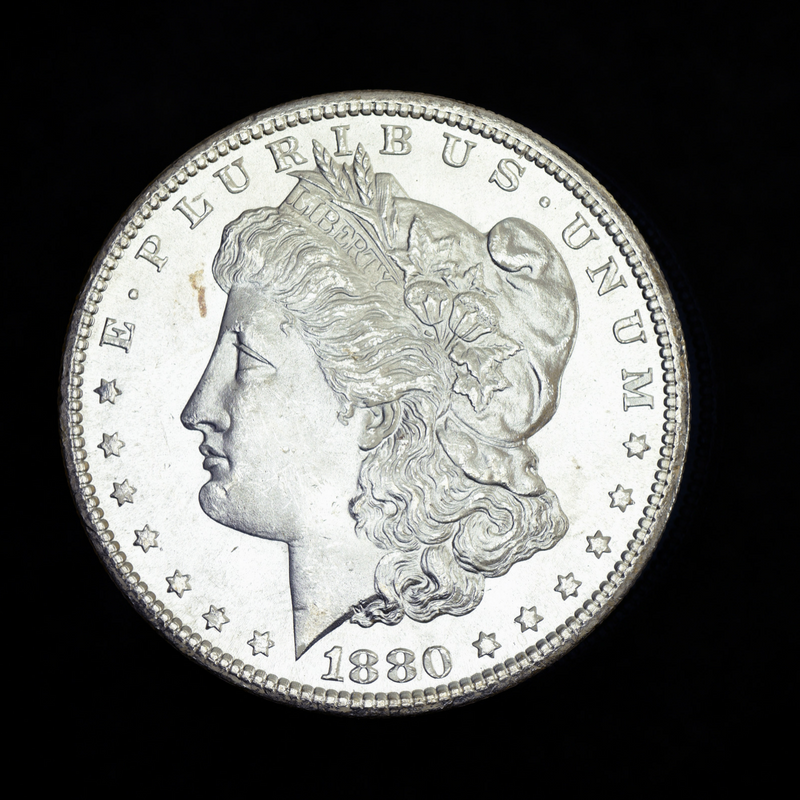 |
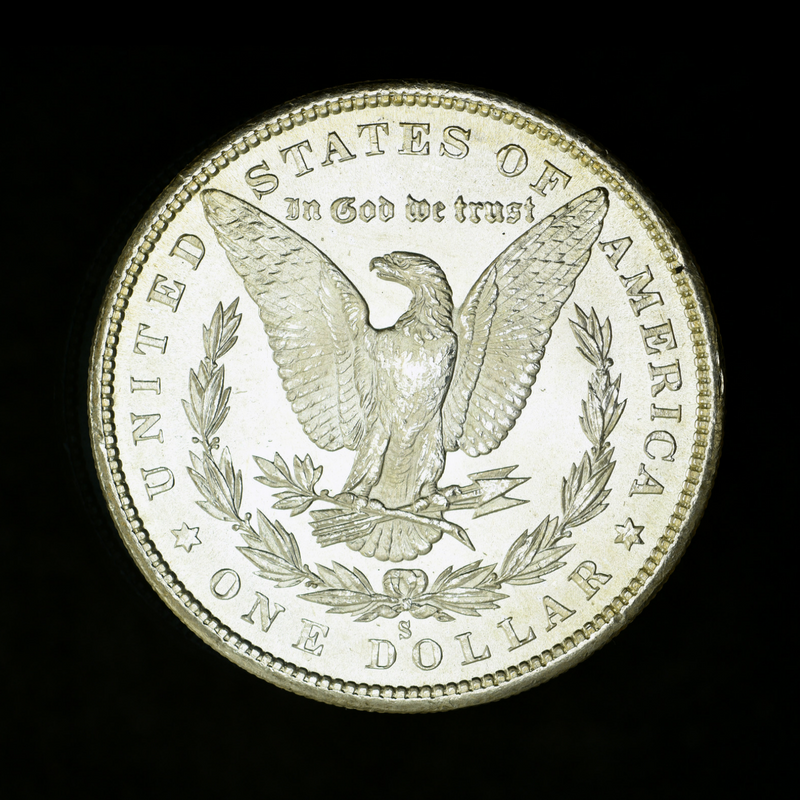 |
Mint State 64A Mint State coin with full attractive mint luster. May have light scattered marks, some of which may be in prime focal areas. The eye appeal of this coin is pleasing. |
|||
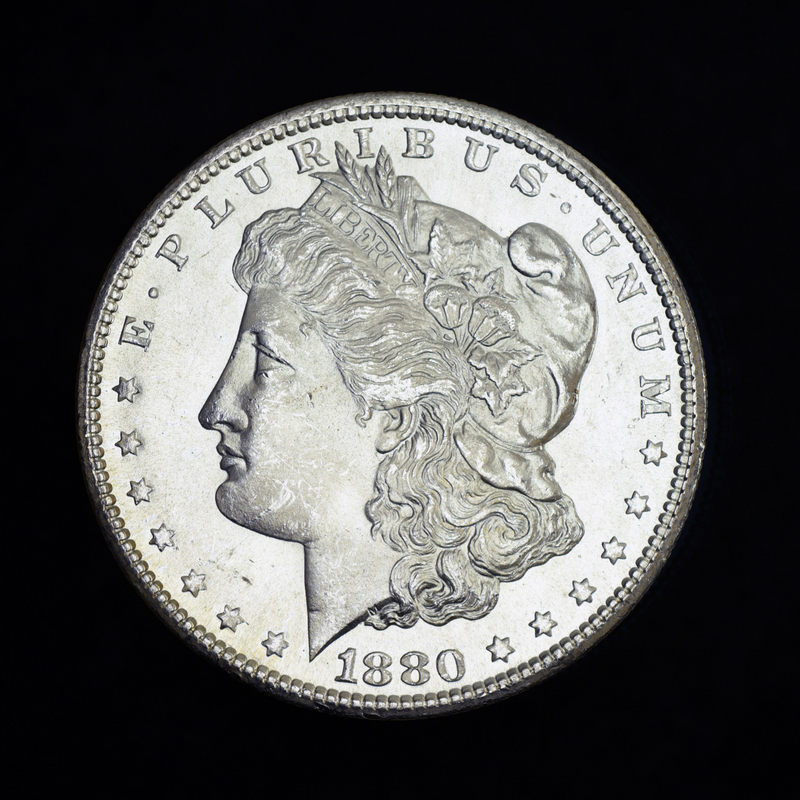 |
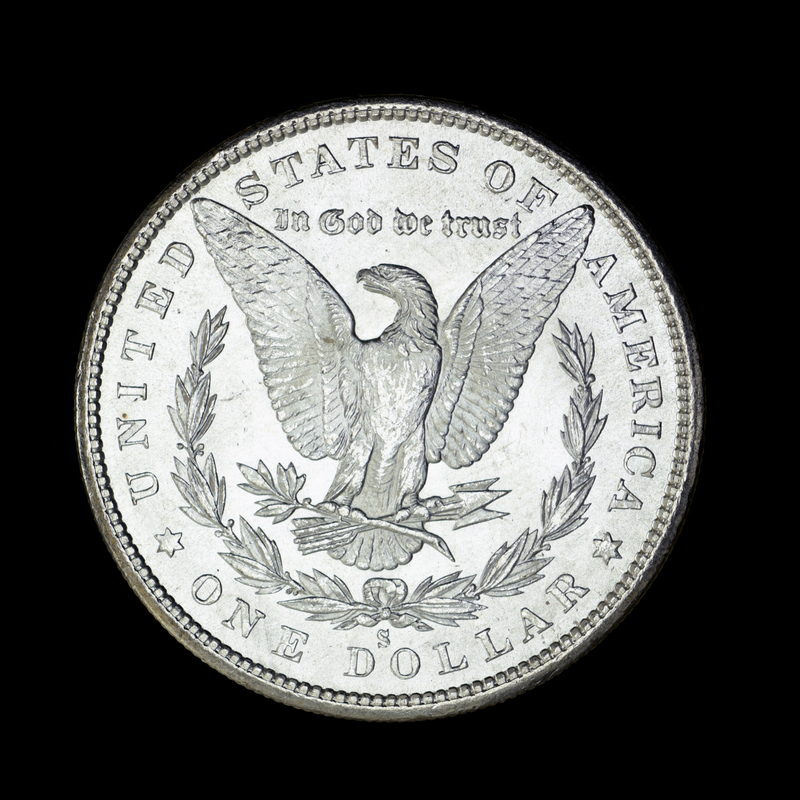 |
Mint State 65No trace of wear. A few small marks may appear, but no distracting marks in the prime focal areas are present. Has full mint luster but may be unevenly toned. |
|||
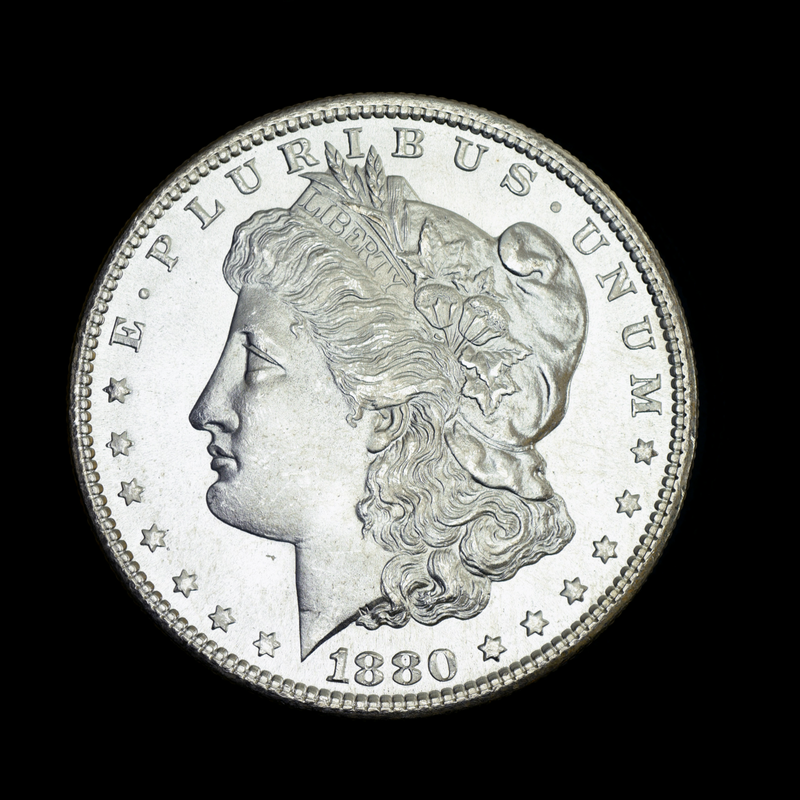 |
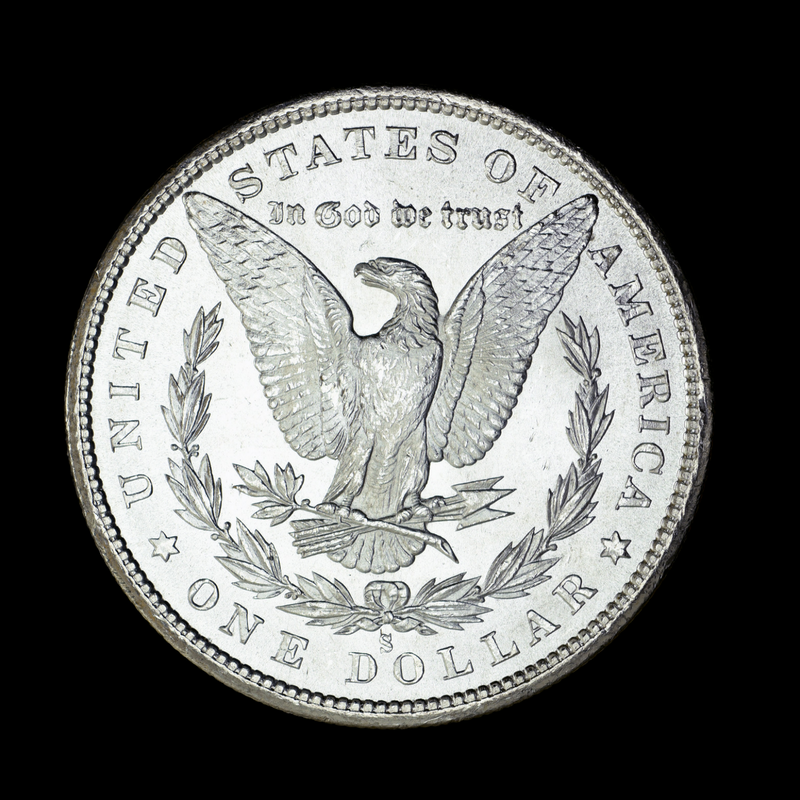 |
Mint State 66No trace of wear. A few small marks may be visible. Above average and fully original luster. Above average eye appeal. |
|||
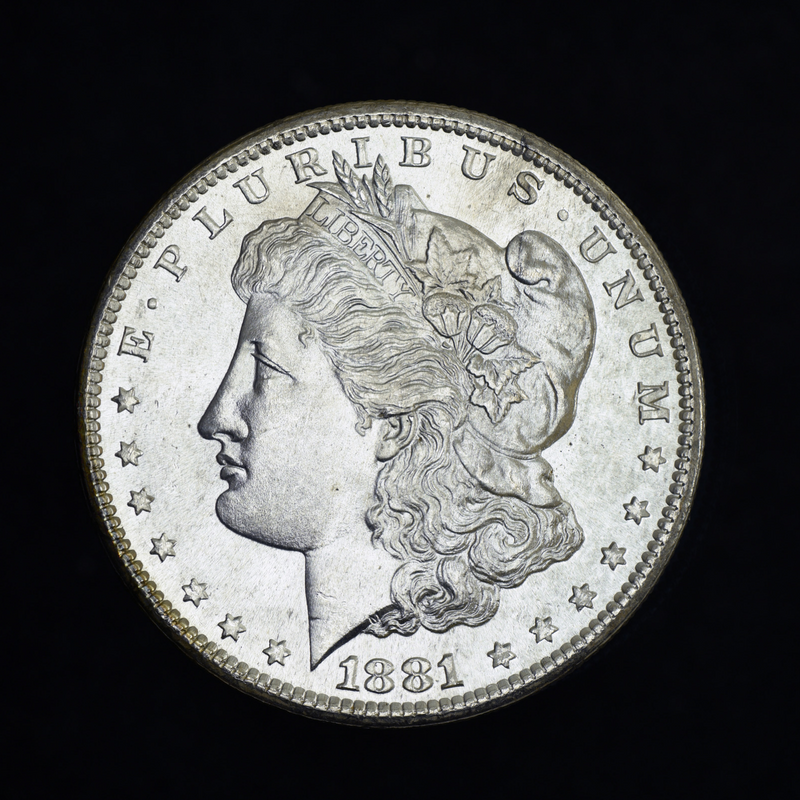 |
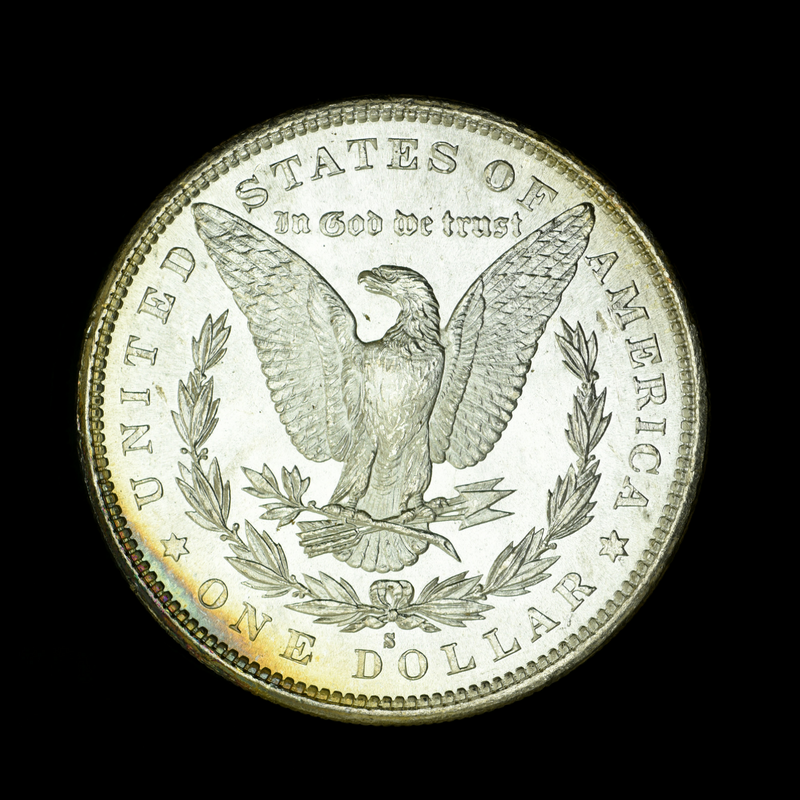 |
Mint State 67Virtually flawless, but with very minor imperfections. Fully lustrous with exceptional eye appeal. |
|||